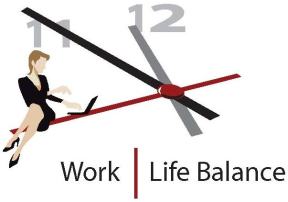 The results of our Pakistan Talent Barometer study are out and some of the findings are striking. More than ever, employees are looking for opportunities outside their own workplace. In 2011 around 52% of all employees were actively looking for other opportunities and this year that percentage has risen to 63%. Look around your office, only 4 out of 10 employees are happy where they are and want to remain your colleague. The other 6 are running for the door…
The results of our Pakistan Talent Barometer study are out and some of the findings are striking. More than ever, employees are looking for opportunities outside their own workplace. In 2011 around 52% of all employees were actively looking for other opportunities and this year that percentage has risen to 63%. Look around your office, only 4 out of 10 employees are happy where they are and want to remain your colleague. The other 6 are running for the door…
Loyalty to ones organization has disappeared. The average number of years of service in the US in the 80’s was 23 years, but as of a couple of years ago this has gone down to an average of 2 – 3 years. What’s interesting is that when the researches asked employees why they are leaving, they replied that the company doesn’t invest in them. In return when researchers then asked the companies why they don’t invest in their employees, management stated that employees are leaving so quickly that it is not worth their money. (A classic chicken and egg situation.)
So with loyalty to employers out the window, the most important thing as a leader is to focus on getting the best out of your employee whilst he or she is with you, along with letting them know their value to the organization.
The Talent Barometer findings indicate that the two main reasons people stay with organization are (1) the good name and reputation of the company and (2) that it offers challenging and interesting work. Furthermore we know that company leaders and line managers that are able to create a trustful relationship with their employees and recognize them for their contribution, are more likely to create an environment where people want to go the extra mile and are willing to stay with the organization. In fact, employees with the highest levels of commitment perform 20% better and are 87% less likely to leave the organization, which indicates that engagement is linked to organizational performance.
How do you get the best out of your team? Are your employees being faithful, or are they looking for the next best thing.
– Paul Keijzer







